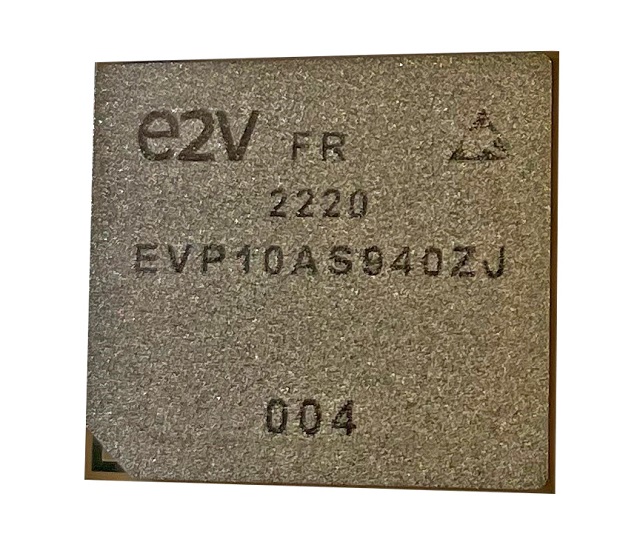GRENOBLE, FRANCE, Dec. 6 (Korea Bizwire) - Teledyne e2v today previews the future availability of its EV10AS940 the latest advanced 10-bit broadband data converter. This device forms part of the company’s multi-year push into software defined microwave technologies and builds upon previously reported proof-of-concept work in this challenging and exciting field.
“The EV10AS940 represents a paradigm shift for microwave radio link engineers. For the first time, it is possible to conceive of simple radio designs where frequency planning is entirely abstracted to the digital domain.”
Highlighted Nicolas Chantier, Strategic Marketing Director.
About direct sampling
Conventional radio systems are still based on the heterodyne principle largely owing to existing component bandwidth limitations. Heterodyning is the process of mixing two signal frequencies in a non-linear mixer. For receivers, the lower frequency heterodyne signal lands within the baseband reception range – invariably defined by the input bandwidth of an A/D converter.
By moving to high bandwidth, direct conversion devices, it becomes possible to conceive of significantly simplified, software defined receivers with frequency agility. This is especially helpful when managing the considerable parallelism demanded of beam-steered applications.
Benefits of direct sampling
Frequency planning, signal demodulation, filtering and front-end design all benefit from direct sampling. Moreover, with a raft of integrated digital assist features this device enhances receiver operation. Four independent numerical controlled oscillators (NCOs) enable agile frequency hopping. A programmable digital down converter (DDC) provides a variety of decimation intervals (from 1 to 1024). The device connects via license-free ESIstream serial links to FPGA-based signal processing. Additionally, an easy-to-use, multi-channel synchronization facility guarantees synchronous sampling across a plurality of devices – ideal in phase sensitive, beam steered systems.
A less obvious advancement
This sampler institutes a major front-end architectural change. By migrating to single-ended (SE) design rules for the clock and signal lines, frequency dependent baluns can be eliminated. Those components add both cost and weight whilst band limiting frequency selection. This is a big deal, since baluns negatively impact upon dynamic performance and simultaneously prevent multi-band operation.
Device availability
Teledyne e2v are highlighting the imminent availability of evaluation silicon. A first public demonstration is planned during Electronica 2022 in Munich, Germany (15-18th November). First customer samples will follow shortly in Q3 2023.
Useful links
https://semiconductors.teledyneimaging.com/en/products/data-converters/ev10as940/
About Teledyne e2v
Teledyne e2v offers you high-performance, high-reliability semiconductor solutions, which help you solve the most demanding problems of your complete signal chain. With a range of electronics and packaging solutions, we cater to applications in the space, military, civil avionics, industrial, medical and scientific markets. When you want the best ICs to give you winning systems Teledyne e2v Semiconductors has the solutions you need.
Website: https://semiconductors.teledyneimaging.com/en/home/
Contact Teledyne e2v
Teledyne e2v
Yuki Chan
yuki.chan@teledyne.com
Source: Teledyne e2v via Media OutReach









Pingback: Teledyne e2v’s EV10AS940 the Latest Advan...